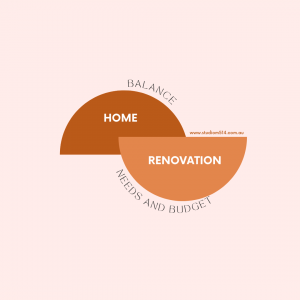As we continue to discuss the latest 7-star energy rating compliance for all the new homes in 2023, we will look at a question that few people explore or are aware of.
What can go wrong with a 7-star rating home?
We discussed in our previous post that the energy rating of a house was measured by calculating the external envelope of the house at the design stage before the house is being constructed.
That’s where the loophole for constructing a 7-star rating home can creep in!
There is another element that has not been considered, it is air tightness. Air tightness will affect the performance of a house’s energy rating.Imagine wearing a thick woollen jumper with many holes. That’s what it will be like if we build a 7-star rating home without measuring the air tightness.
What is air tightness?
Airtightness is the resistance to inward or outward air leakage through unintentional leakage points or areas in the building envelope.
How do we measure air tightness?
We can measure air tightness with a blower door test during and after the construction of the house.
The blower door test will ensure that the house’s building envelope, which we determine to be a 7 star rating, doesn’t have holes around them where the heat from the house will escape or the cold from outside will travel into the house. Ensuring that your building envelope is airtight to a certain measurement keeps the house performing as how it should and maintains its energy efficiency.
Let’s make sure you are not wearing a thick woollen jumper with many holes. Request a blower door testing from your building team during and after construction as part of your building process.
It is not too late to book a FREE clarity call at https://studiom514.com.au for your personalised blueprint before you design your future home.
#melbournearchitecture #melbournearchitects #homedesign #energyefficienthomes











